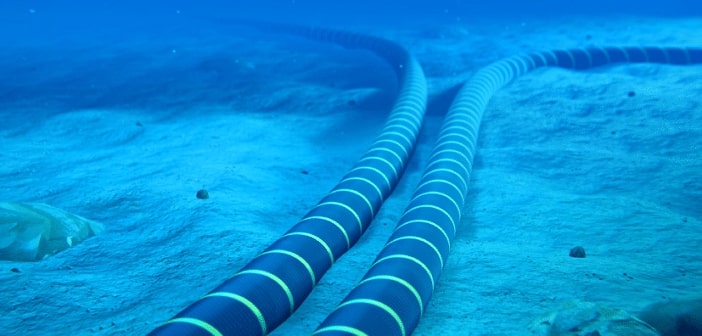The world’s longest undersea electric cable has started testing ahead of being formally switched online in October. The 720km interconnector will trade clean energy between the UK and Norway.
—
What is Happening?
- Testing of the 2 billion euro North Sea Link started last week, with the joint venture between the UK’s National Grid and Norway’s Statnett due to begin formal operations in October.
- Interconnectors are an important part of the UK’s strategy for cutting emissions and boosting offshore wind because they allow the UK grid to share or import power depending on supply and demand.
Nigel Williams, construction director of the North Sea Link, said the cable would allow the UK to “maximise the use of renewables and the extensive hydro power network in Norway,” replacing electricity from fossil fuels.
You might also like: Why Offshore Wind Power is So Sexy
- The North Sea Link undersea electric cable can carry up to 1.4GW of power, about the equivalent of a nuclear reactor.
- On windy days when the UK has excess power from offshore wind, the cable will allow it to export power to Norway. On calmer days the UK can import electricity from Norwegian hydropower.
- The cable has been connected, laid down and buried on the seafloor. It is expected to stay in place for the next 50 years or so.
- Interconnectors supplied about 8% of UK power in 2019, a figure that is expected to rise to as much as 19% within the next five years. A recent government energy white paper estimated the country would need 18GW of interconnector capacity by 2030, up from about 6GW today.
- This could help lay the foundations for bigger interconnector projects in the future. National Grid’s next interconnector, Viking Link, will connect the UK and Denmark in 2024. ElecLink, a cable between France and the UK that runs through the Channel Tunnel, is expected to be completed next year.
Featured image by: pv-magazine

















